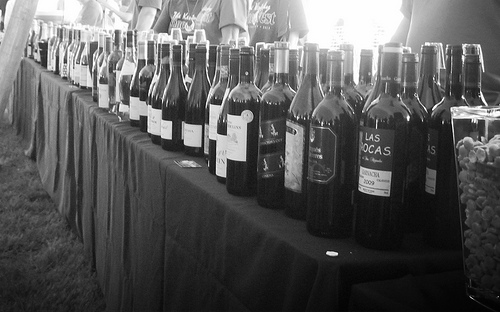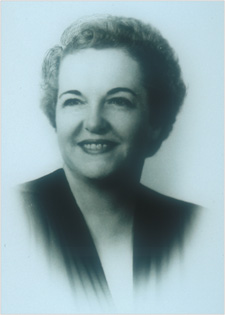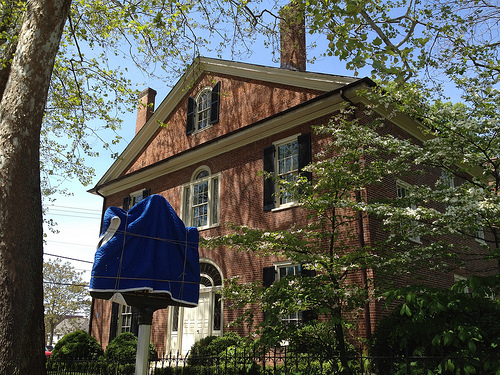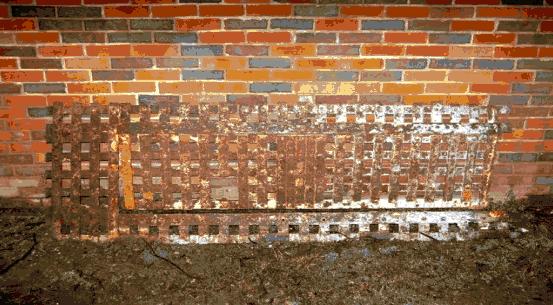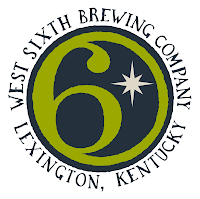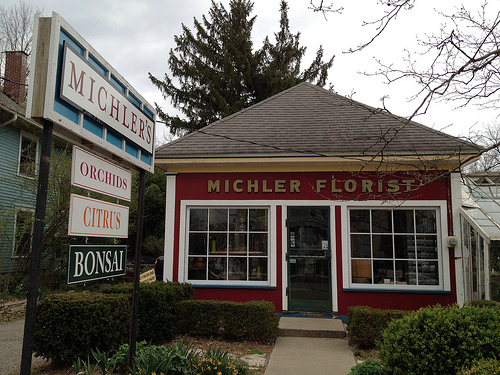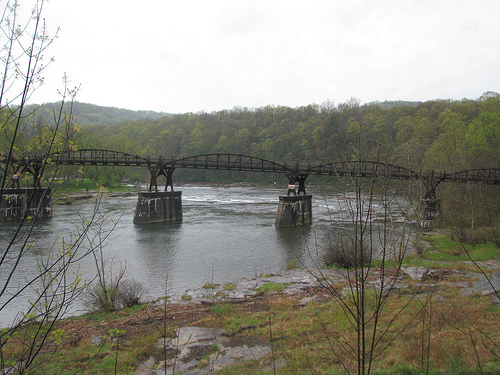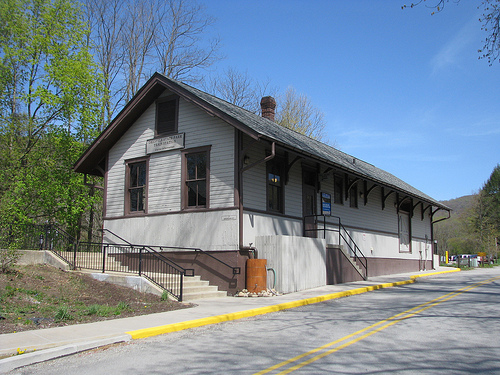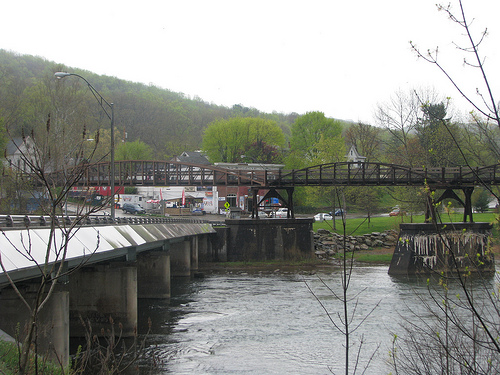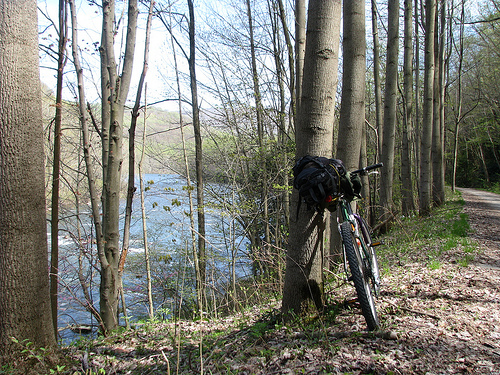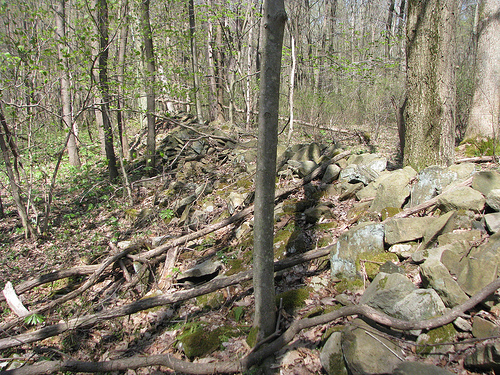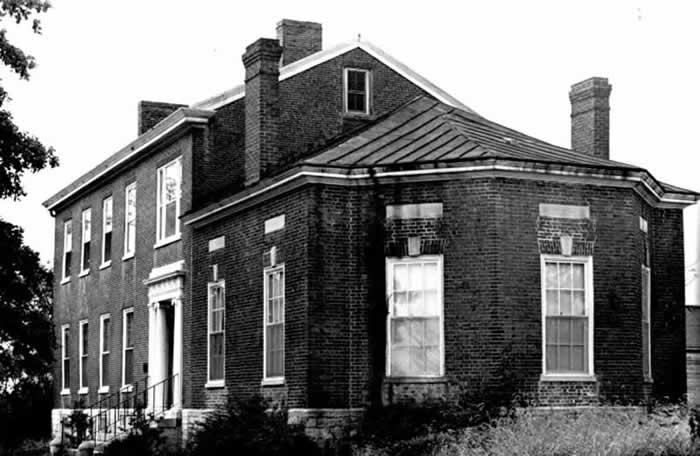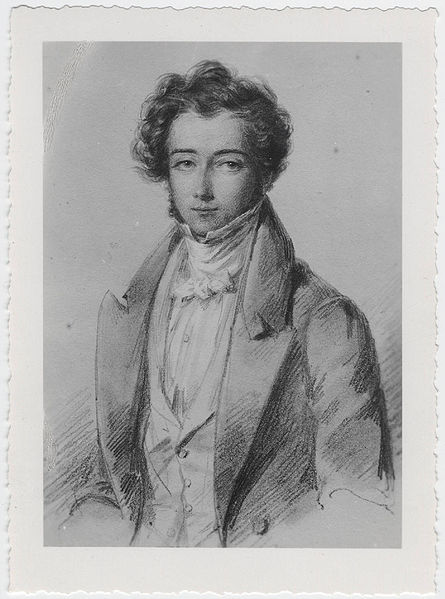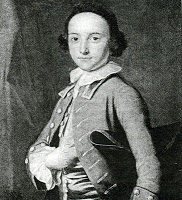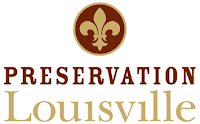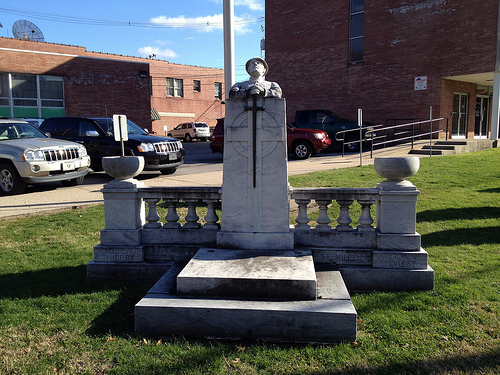 |
| World War I Memorial – Paintsville, Ky. |
This Memorial Day, we remember those who have fallen in service to our country. Kentuckians have served nobly since the days of the Revolution and they continue to do so today.
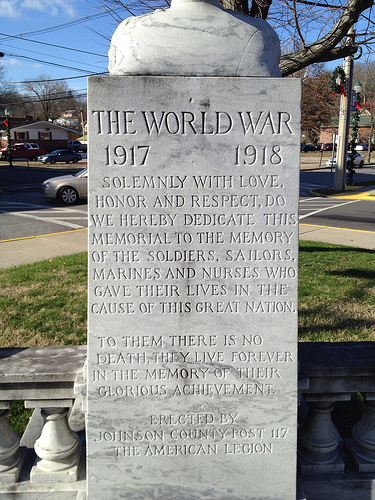 |
| World War I Memorial – Paintsville, Ky. |
In county seats across Kentucky, memorials are dedicated to those who valiantly gave their lives to defend America. Many are simple markers or tableaus, while others are ornate works of art. I have always been particularly fond of the memorial to the World War I memorial on the Johnson County courthouse lawn in Paintsville.
Solemnly with love, honor and respect, do we hereby dedicate this memorial to the memory of the soldiers, sailors, marines and nurses who gave their lives in the cause of this great Nation. To them there is no death, they live forever in the memory of their glorious achievement.
The beautiful memorial is unique – I have seen no other like it. Unfortunately, I can find little history on this gem. From a central column emerges the bust of an upward looking doughboy, holding a downward-pointing sword, which rests atop a simple Celtic cross. Perhaps the soldier is in prayer for his fallen comrades? Below, etched into the sides of a two tiered platform are the names of the battles from the Great War: Chateau Thierry. Argonne Forest. Belleau Wood. Soissons. St. Mihiel.
What was once the Great War has become the Forgotten War. On NPR’s Fresh Air, I heard an interview (listen here) this weekend of Richard Rubin, the author of The Last of the Doughboys. In the interview, Rubin was asked why World War I is largely forgotten from the American conscience. His response:
You know, that’s a very interesting question because once upon a time, that was not so. If you walk around with your eyes open, you’ll quickly discover that there are more monuments and memorials in this country to World War I than to any other war. But the war was also a terribly traumatic experience for this country. You have to remember that Americans were in that war for only about 19 months, and yet in that time, we lost 117,000 men. It was a terribly traumatic experience, and afterwards, America withdrew into itself. And then, of course, the Great Depression came along and World War II, and the Great War got pushed further back in our national consciousness.
May we never forget.

